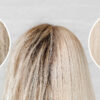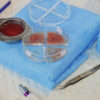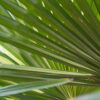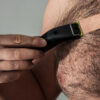Cradle cap is a childhood disease that takes its name from the word “fontanel”. If the disease also appears on your child’s skin, it is worth knowing what the causes of cradle cap are and what can help.
Cradle cap symptoms
It is worth knowing, that cradle cap may appear slightly different in an infant, in a two-year-old and in an adult. Skin changes caused by cradle cap, depending on the stage of development, can take the form of hardened, dry scales or greasy yellowish patches, sometimes accompanied by reddening of the skin. In the first stage, cradle cap may resemble dandruff, which is visible by seeing fine white flakes at the base of the hair, while later it may be confused with psoriasis or atopic dermatitis. You should also be aware that the disease does not affect only the scalp – it can also appear on other parts of the body where sebum accumulates, e.g. behind the ears, around the nose or on the forehead. This disease does not cause any itching or pain.
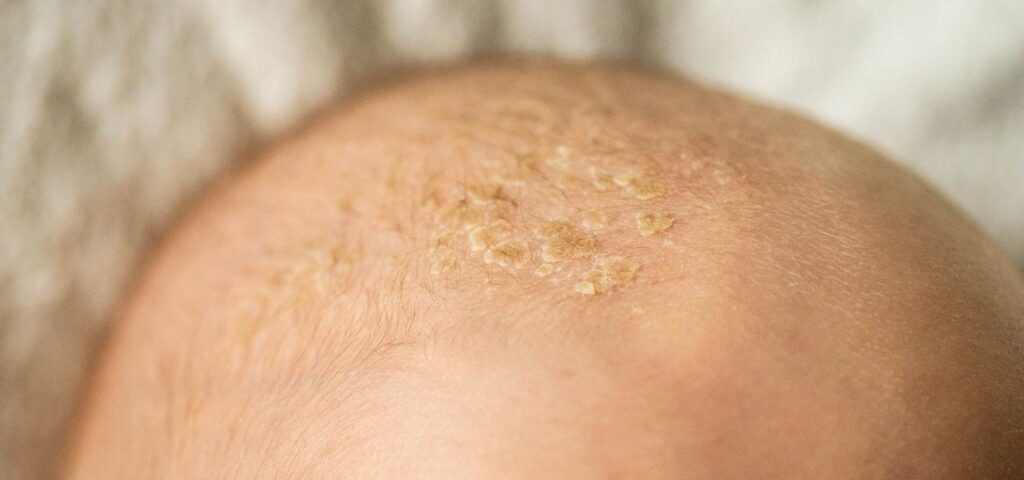
Causes of cradle cap
Before we look at what will effectively help cradle cap or which cradle cap shampoo to choose, it is worth knowing the causes of cradle cap. The disease is most often caused by the excessive production of sebaceous glands, which are particularly active under the influence of high summer temperatures. This disease is nothing more than a combination of sebum and exfoliated epidermal cells. Cradle cap in children can also occur due to a bacterial or fungal infection, which is a result of using skin care cosmetics containing alcohol. The young, delicate skin of an infant is particularly exposed to cradle cap. The causes of cradle cap in children are often because of the immaturity of their skin and disorders of the lipid barrier.
Cradle cap in children
It is quite a common condition in children, which, contrary to popular belief, is not related to lack of hygiene or allergies. The disease presents yellow, beige, or brown scales, most commonly on the scalp, but it can also appear on the eyebrows or around the nose. Cradle cap in an infant is a much more common problem than in a two-year-old child or an older child. In infants, it can be the result of underdeveloped sebaceous glands or excess hormones in the body, taken from the mother during pregnancy. These hormones are also the reason for the so-called baby acne. This disease can also be caused by the growth of fungi on the skin.
What will help cradle cap?
This illness in children should be treated by proper care, i.e. moisturizing and softening the affected skin, in order to facilitate the delicate removal of scales. Leaving the scales on makes it difficult for the skin to breathe, contributing to the formation of swelling, infection or inflammation. In the case of an infant’s cradle cap, it is important to lubricate the head before bathing with olive oil or petroleum jelly, which will soften the scales. You can also use a special cradle cap shampoo or preparations for the cradle cap available at the pharmacy, which in addition to moisturizing ingredients also contain plant extracts. A soft brush may be helpful in removing the scales of the cradle cap after washing.
What will hurt cradle cap?
It is also worth knowing what can harm the cradle cap, and these are:
- ointments that sooth skin irritations,
- ointments containing antibiotics,
- steroid drugs,
- olive oil – can exacerbate the course of the disease if the disease is a bacterial infection, making it difficult for the water to evaporate from the skin,
- scratching scales – removing scales without softening them can damage the skin, leading to secondary bacterial infections and inflammation,
- covering the skin with synthetic fabrics, that promote skin sweating.
The cradle cap certainly does not have a positive effect on our appearance and skin care. If the cradle cap shampoo or other preparations turn out to make it worse, it is worth going to a doctor, who may order hormonal tests.
